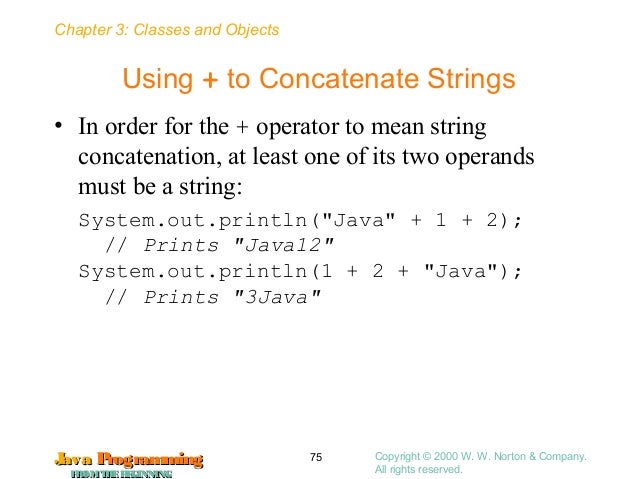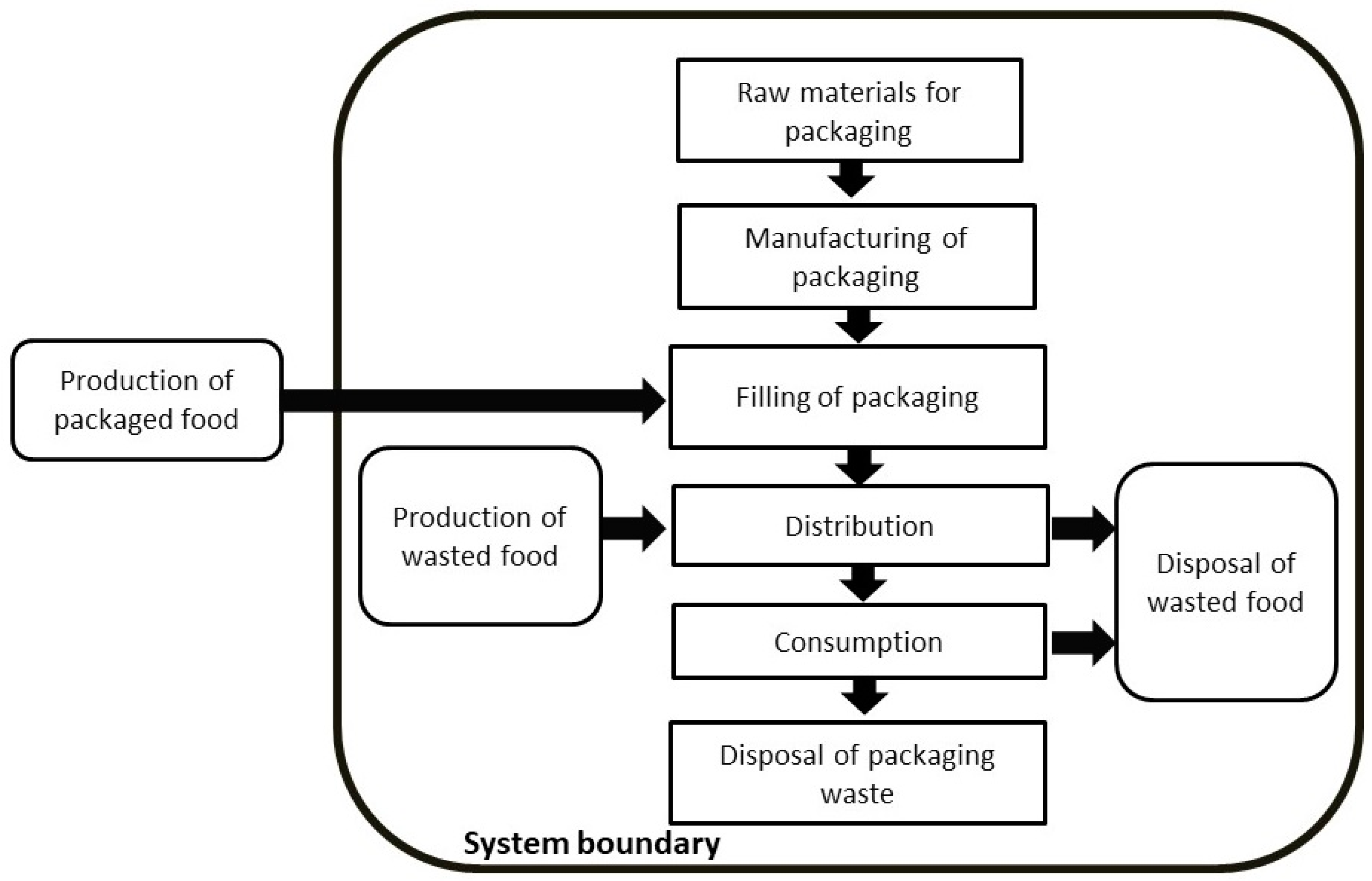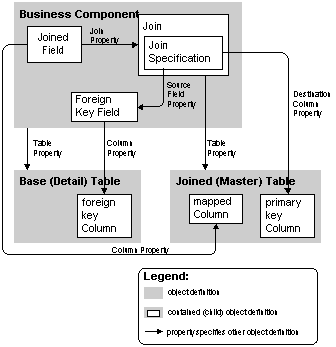

Domain (Users) = UsersDbContext = modelBuilder.HasDefaultSchema("Users").I see nobody has mentioned the most practical way of accomplishing separating domains within a single database: Schemas. It would be nice to get some different perspectives on the issue, because it feel like i'm missing something. The downside that i'm worried about with the ApplicationDbContext solution is that the OnModelCreating method will grow and become responsible for a lot of different things as the system grows in size. Online i've seen people say that i should either use only one DbContext per database (which would mean combining them in to one), or alternatively have an ApplicationDbContext that is used for the sole purpose of creating/migrating the database, and then keep using the ones that are split up in the implementation, which is what i've implemented currently. This is a problem because the system i'm working on is a rental system, and the user should be represented by a foreign key in the table that contains the products to maintain the ownership of their listing. My teacher says that users should have their own DbContext ( IdentityDbContext), while everything else should be in another DbContext (they still use the same database). We've been introduced to EntityFrameworkCore and generally i understand how it works, but i've run into a problem. I'm currently working on my semester project that is based on ASP.NET Core MVC. Read detailed descriptions of the rules here. Rule 8: No unattributed use or automated use of AI Generation Tools.Rule 7: Submitted links to be made with effort and quality.Rule 6: No spam of tools/companies/advertisements.Rule 5: No hostility towards users for any reason.Rule 4: Request-for-help posts should be made with effort.

Rule 3: Posts should be directly relevant to C#.

#C3 ef join objects from different contexts software#


 0 kommentar(er)
0 kommentar(er)
